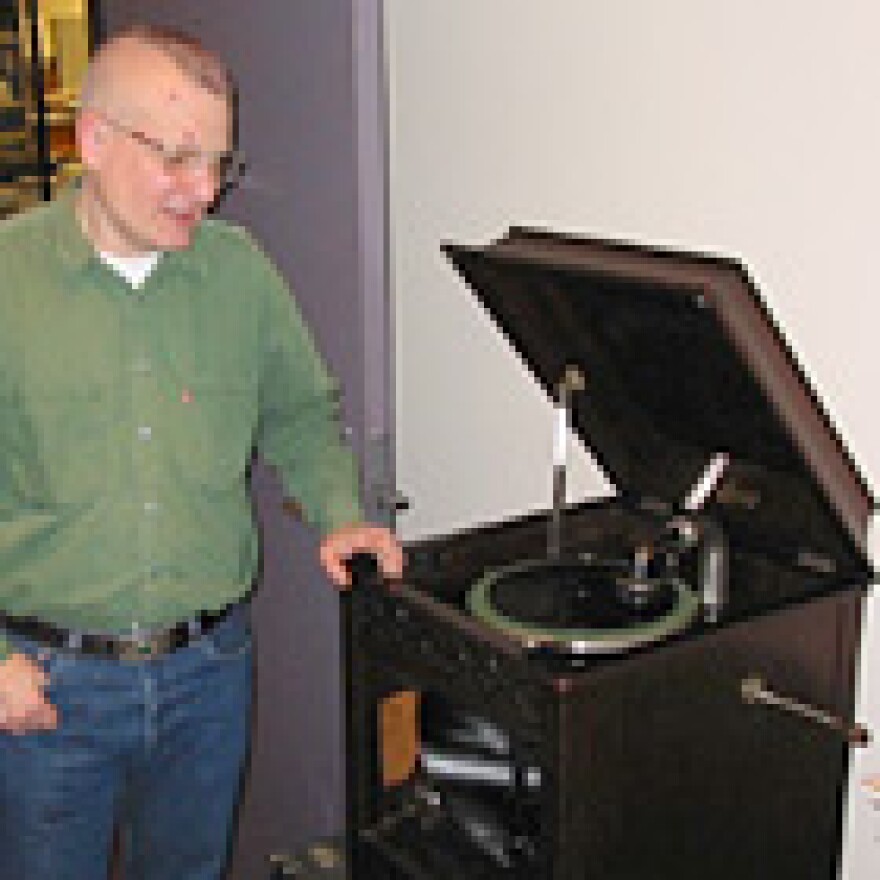

For several years now, historical preservationists have been stepping up efforts to transfer millions of hours of precious, perishable sound recordings to a single, stable format. Sound archive experts at the Library of Congress are worried that time is running out.
So for the past two years, technicians have been fighting time and technology to save America's audio heritage. NPR's Rick Karr reports on the effort to transfer the sound from all tapes, CDs, LPs, eight-track tapes and other audio materials onto a single, easy-to-access format that is absolutely stable. Even more importantly, the format needs to be reliably re-created and understood by civilizations 50, 100 or even 1,000 years from now.
This step forward, Karr explains, means taking a step back.
"The whole history of recorded sound has been a case of one technology leapfrogging over a previous one," Karr says. "But in the last few decades, the changes from vinyl to tape cassette to CD to MP3 have shortened the life span of most music collections."
But thanks to a grant from the Smolian-Giovannoni Foundation, all of these audio formats are being transferred onto 10-inch wide, 78 rpm shellac disks -- the one rock-solid format archivists have identified that works every time.
Project curator Alan Hovermale, who heads the Acoustic Answers Forum in Palo Alto, Calif., says the purity of the sound transfer is unequaled. "No microphone, no amplifier -- just this horn and this cutting turntable," Hovermale says. "It's the way Edison did it, and for durability we haven't come up with anything better."
The work goes on day and night, and engineer Dana Czaplinski says the process requires skill and patience. One CD may have up to 80 minutes of audio, and a 78 holds just two-and-a-half minutes of audio on each side. "So the work's a bit tedious," Czaplinski says.
But the project managers say this tedious transfer process is absolutely crucial, Karr says. "No one can predict if even one of the digital formats or the old tape cassette or reel-to-reel or the long player record can last." But the shellac disks are durable, and two centuries from now, when all other audio formats are forgotten, new 78 rpm players will be easy to build.
One obvious drawback with 78s is a loss of quality -- even after a just a few playbacks of a newly minted disk, there is a noticeable hiss. But Byron Nordine, a writer for the audio trade publication The Inner Ear, says that's a small price to pay for durability.
"OK. We admit there's some loss of actual quality," he says "But the thing is, in 100 years, people will still be able to play it back."
If funding levels can be maintained, experts estimate the archiving project can catch up with recordings made before 2003 by April 1, 2089.
Copyright 2022 NPR. To see more, visit https://www.npr.org.


